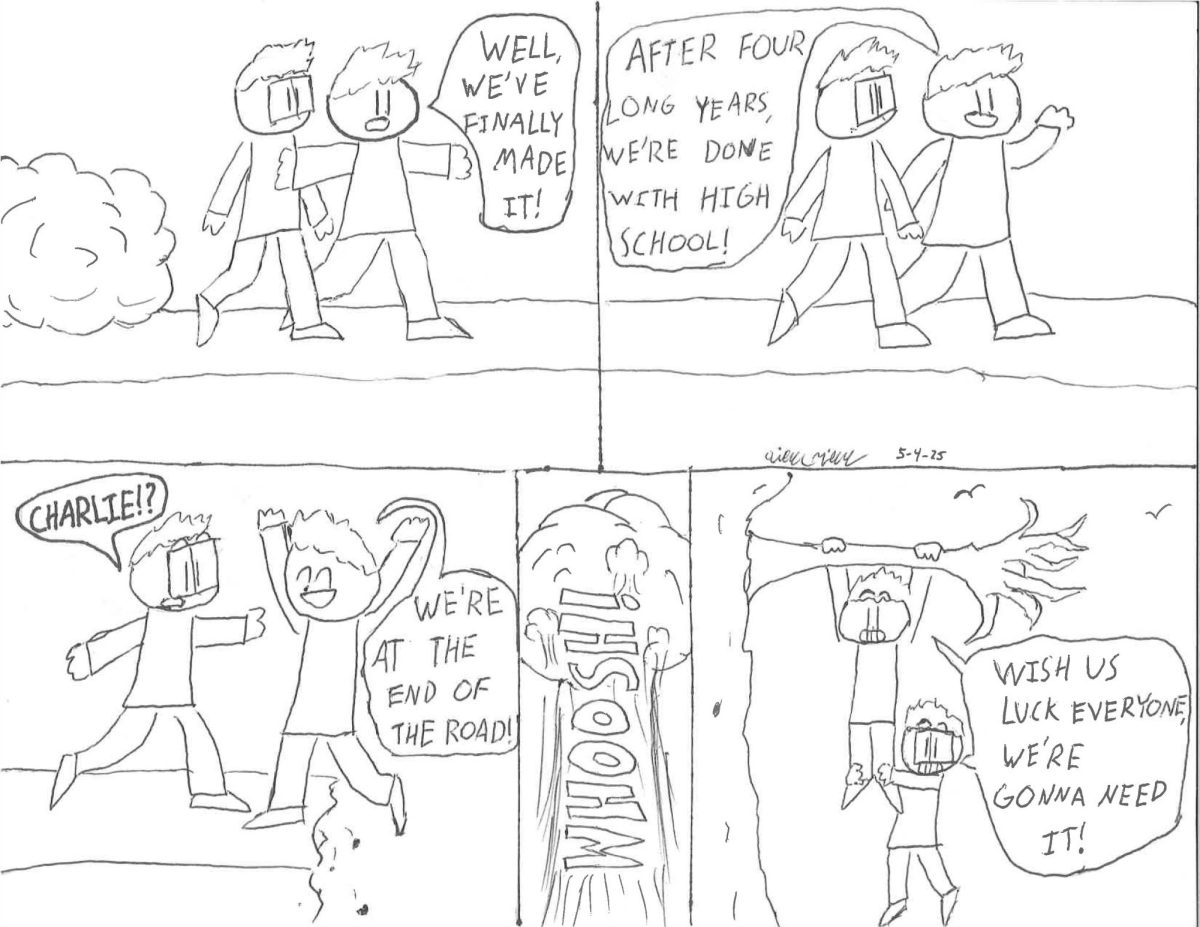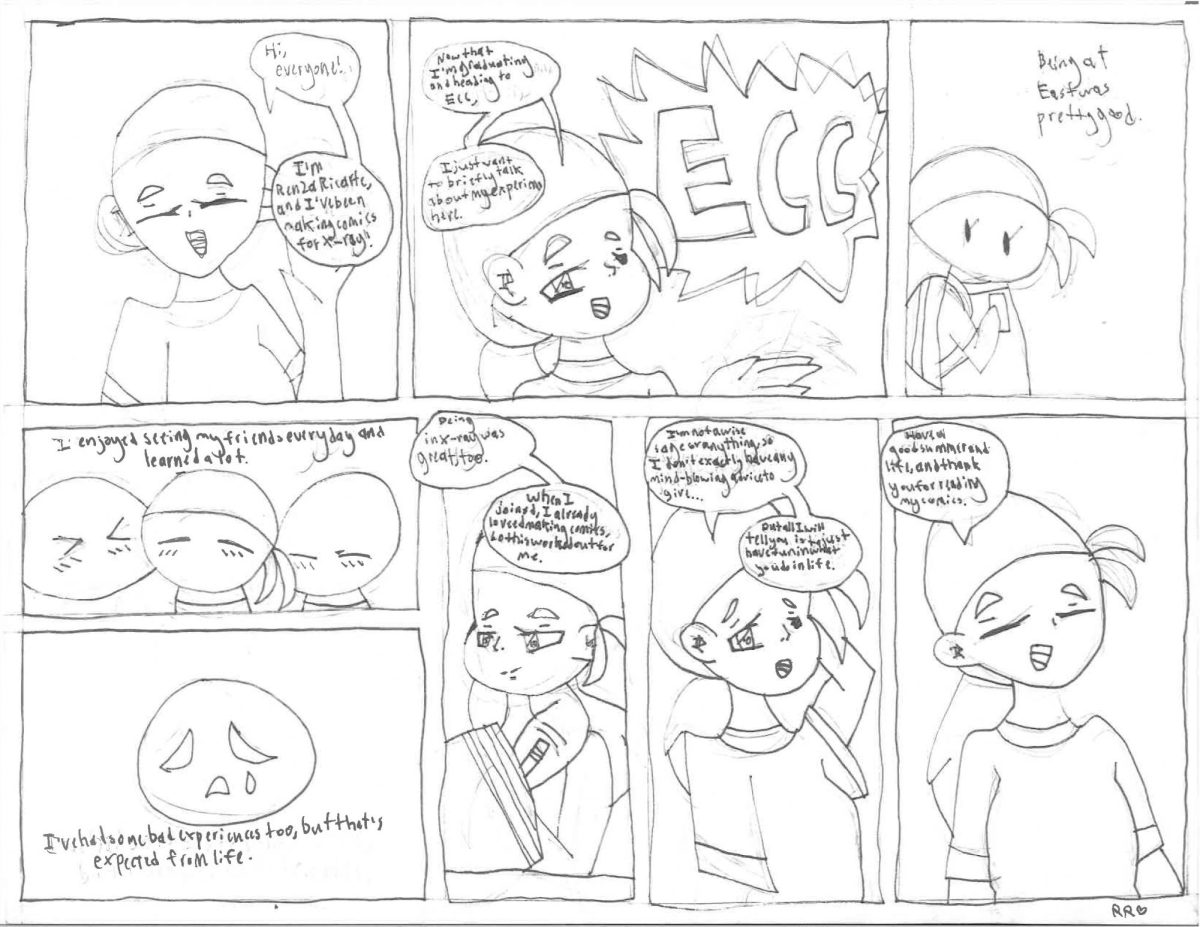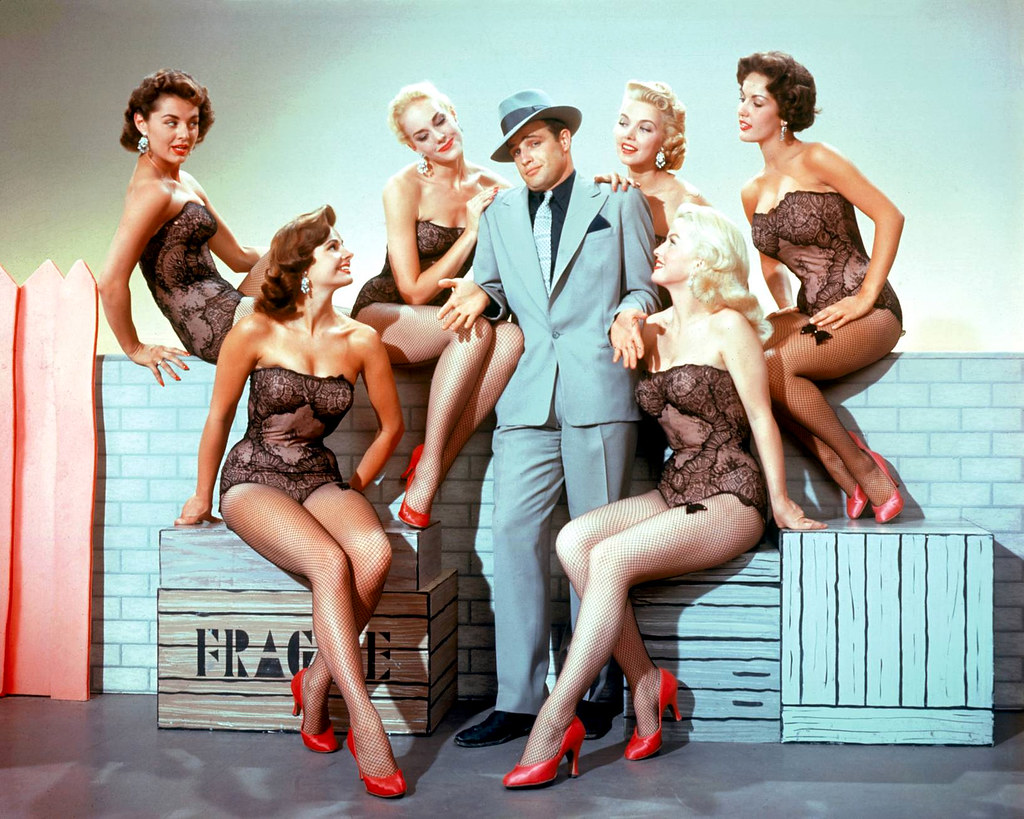STCE’s Drama Club produced a vivid and brilliantly staged version of 20,000 Leagues Under the Sea. The live adaptation by David Kersnar and Althos Low was based on the novel published in 1870 by Jules Verne. In the adapted version, Professor Aronnax is actually Professor Morgan Aronnax, a French natural scientist who hid her identity as a woman from the public.
While searching the oceans for a mysterious monster that has been terrorizing naval vessels, the Professor, her loyal aide, Brigette Conseil, and the complex Ned Land are taken captive by Captain Nemo, the vengeful captain and inventor of the Nautilus, a technologically brilliant submersible war machine. The story is told by two narrators, Captain Nemo, and Professor Aronnax, which weaves a complex tale created by an analytical scientist, and the “villain”.
The first captivating aspect of the production was the set and usage of props. The changing sets and special effects were mesmerizing and the tech crew pulled it off seamlessly. Detailed backgrounds brought the audience aboard a U.S. naval ship and submersed them in the belly of the Nautilus. The actors used every part of the stage and even entered into the surrounding auditorium. This dynamic storytelling forced a viewer to trace the actors’ paths and in doing so, draw them farther into the story. Beyond the stage itself, this production cleverly used lighting to amplify the intensity of the Nautilus’ attacks, the wonder of life on the ocean floor, and the terrible calm of a shipwreck’s aftermath.
Easily the most visually stunning scene of the play was Professor Aronnax’s first view of the world under the sea. Turquoise lighting, a painted eel (nicknamed “Elliot” by the cast), and luminescent jellyfish floating down from above brought the audience the same sensation of wonder as Professor Aronnax surely felt in the moment. In all, the behind-the-scenes crew of 20,000 Leagues Under the Sea did an outstanding job of creating a new universe for the audience, if only for the 2 hour duration of the show.
The costuming of characters was also well done. Professor Aronnax and her companions all wore earth tones. From Aronnax’s bright green skirts to Land’s softer beige sweater, the colors presented a sharp contrast to the dark tones of Captain Nemo and his crew. Nemo’s red silk vest suggests that this Captain “No One” comes from a life of wealth and power. The costumes complemented each other, but also showed the contrasts of the characters, marking them as outsiders to Nemo’s Crew.
Of course, this production could not be labeled “outstanding” without the exceptional actors involved. Ava Johnson’s Conseil was witty and lively, drawing your eye towards her pink skirts and quick remarks. Ned Land was an animated character with a deep sense of loyalty and a knack for guessing the origin of others. Andrew Biallas had a noteworthy performance and was a wonderful choice for the role due to his acting experience and lively personality. The interactions between Biallas’ character and the others were memorable and authentic.
Professor Aronnax was brought to life by Addison Petrine, a senior at East. They expertly shifted from moments of narration to interactions between characters. Their portrayal of the Professor was the perfect combination of mature emotionally-complex woman and giddy, eccentric scientist. When a scene required emotion, Petrine delivered. Their acting consisted of more than simple recitation of a script. Petrine used their body language and their voice to convey a vast array of the emotions required in this play.
Megan Yarusso was unrecognizable as Captain Nemo. The East senior was gone and replaced with a vivid depiction of the tragic antagonist. As a narrator, Yarusso’s Nemo was somber and evokes compassion as he speaks of his life and time with Aronnax. In the moments that the Professor is sharing her story, Nemo transforms into a vengeful, yet loyal man who invokes both curiosity and disgust. Yarusso played the part of Captain Nemo with passion. Nemo’s moments of violence and callousness were as off-putting as Yarusso’s delivery of his confession was heart-wrenching.
On his deathbed, Captain Nemo reveals his true identity, Prince Dakkar of India, and his vendetta against British colonialism. As the past and present tie together in the end, you see through two perspectives how the villain wasn’t who he showed to be at all. When the lights came up, the audience was given the chance to make their own judgment. Were the losses of Prince Dakkar enough to justify the actions of Captain Nemo?
Categories:
East presents “20,000 Leagues Under the Sea”
Allison Ollie, Staff Writer
February 11, 2022
The winter play cast of “20,000 Leagues Under the Sea” brought the classic tale to life.
More to Discover
About the Contributor

Allison Ollie, Staff Writer
Allison Ollie is a senior at East and a staff writer during her first year on the X-Ray team. She has an interest in politics, international news, and current events within the community. In addition to the X-Ray, Allison is the co-president of Model UN, an active volunteer, and a figure skater. She is most looking forward to the IHSA Journalism Competition and production “late nights.”














